Estimated reading time: 7 minutes
SWIFT MT799 versus MT760
MT760 is a message is sent between banks involved in the issuance of a demand guarantee. It is used to issue a guarantee or to request the receiver to issue a guarantee.
This message may also be used for Standby Letters of Credit (SBLCs).
MT799 is a message with the aim of showing funds or proof of deposits. The MT799 is a Free Format Message which can be used for various reasons.
Both are interbank message types that are used on the SWIFT system to enhance financial institutions’ communication.
On this page
- What is a SWIFT MT 799?
- What is a SWIFT MT 760 bank guarantee?
- What is the difference between SWIFT MT 799 and SWIFT MT 760?
- Key differences (summary)
- How does SWIFT messaging work?
- SWIFT messaging types
- What does a SWIFT message look like?
- SWIFT free format messages
- Are SWIFT MT communications used widely?
- More information
SWIFT MT 799 and SWIFT MT 760 bank guarantee – All you need to know
The SWIFT MT 799 is a free format SWIFT messaging type that banks use securely communicate information regarding bank guarantees (demand guarantees) and letters of credit (documentary letters of credit).
The MT799 is not a message with the aim of showing funds or proof of deposits.
As per SWIFT guidance, MT799 should only be used when there is no other appropriate MT7xx Message type to use in the specific business scenario, and where possible, an MT759 should be used instead of an MT799.
Find out more about SWIFT MT 799 here.
Please note, there is an important distinction between Standby Letters of Credits / Demand Guarantees and Documentary Credits, in terms of SWIFT Messaging.
MT760s can be used for Issuing and Advising a Demand Guarantee or Standby letter of Credit. An MT760 can be used to request the Issuance of Guarantee, but only the requested Issue of a Local Undertaking in connection with the Issuance of a Counter-Undertaking or Counter-Counter Undertaking.
If the bank is using an MT760 to Issue a Guarantee or Standby LC the bank will have credit risk exposure on the Applicant/Obligor associated with the contingent liability. Unless cash collateral is taken it is unlikely that funds will be “ring-fenced.”
This is documented in the MT760 scope in SWIFT’s Message Reference Guide.
Find out more about SWIFT MT 760 here.
It might be easy to confuse the term SWIFT MT 760 and the SWIFT MT 799, but the messaging types are quite different.
That said, the messages are sent in the same mode, by banks, within the same industry, but there are a number of differences.
MT760 and MT799 are just 2 of over 20 SWIFT “Category 7” (Documentary Credits and Guarantees/Standby Letters of Credit). Banks frequently send and receive many of these different Messages every day.
The MT799 is a Free Format Message used in relation to Documentary Credits and Guarantees/Standby Letters of Credit.
These messaging types conform to the message type used in the SWIFT Documentary Credits and Guarantees/Standby Letters of Credit.”.
Key differences (summary)
| Feature | MT 799 | MT 760 |
|---|---|---|
| Purpose | Primarily for showing proof of funds or deposits | Used for issuing or requesting guarantees, like Demand Guarantees or Standby Letters of Credit |
| Fund Transfer | Not used for transferring funds | Involves ring-fencing funds for transactions |
| Usage | As a Free Format Message, it’s versatile for various messages | Specifically for guarantees and letters of credit |
| Authentication | Unauthenticated message | Requires detailed information and authentication |
| Fees | No specific fees mentioned | Potential for a 1-2% fee for blocking funds |
| SWIFT Category | Part of Category 7 but used when no other MT7xx message is suitable | A specific message type within Category 7 for documentary credits and guarantees |
| Prevalence | Used as a preliminary notification tool | Widely used for substantial transactions and bank-to-bank correspondence |
SWIFT is a communication service that acts as a messenger between banks and other financial institutions.
The service uses consistently formatted codes to identify its more than 11,000 member institutions, making it easy for members to transmit information to other member institutions.
For example, imagine a scenario where a Canadian company with an account at a TD Bank branch in Ottawa needs to pay an invoice to a German supplier with an account at a Deutsche Bank branch in Berlin.
In order to make this payment, the Canadian company only needs to provide TD Bank with the SWIFT code for the supplier’s bank in Berlin and the supplier’s account number with that bank.
Now, as long as TD Bank and Deustchebank have a commercial relationship, this payment can easily be made from one institution to the other.
This is just one example of the more than 220 message types that are grouped together into nine different categories.
SWIFT messaging types
There are nine different categories of SWIFT message types:
- Category 1 message type (MT 1xx): customer payments and cheques.
- Category 2 message type (MT 2xx): financial institution transfers.
- Category 3 message type (MT 3xx): treasury markets, foreign exchange, money markets, and derivatives.
- Category 4 message type (MT 4xx): collections and cash letters.
- Category 5 message type (MT 5xx): securities markets.
- Category 6 message types (MT 6xx): treasury markets and precious metals.
- Category 7 message types (MT 7xx): documentary credits and guarantees.
- Category 8 message types (MT 8xx): traveller’s cheques.
- Category 9 message types (MT 9xx): cash management and customer status.
MT 799 and MT 760 are a part of category 7, but MT799 is part of a “Common Group” Category “N” as per SWIFT’s categorisation.
A SWIFT MT message consists of the following blocks or segments:
{1:} Basic Header Block
{2:} Application Header Block
{3:} User Header Block
{4:} Text Block
{5:} Trailer Block
Sample: SWIFT MT 799

About SWIFT free format messages
These types of messages are sometimes referred to as “free format messages”.
One of the main differences between the types of messages is the exchange of a BKE authenticator used in a MT 799; so a test key is coded into the messages sent and received.
SWIFT Bilateral key exchange (BKE) was phased out in 2009 and replaced with SWIFT RMA (Relationship Management Application).
MT 799 is very similar, but there is no test code and so the message is unauthenticated and has less value unless the message is confirmed.
Payment is then usually made through a wire payment (MT 103) or documentary letter of credit.
The SWIFT system has over 11,000 financial institutions that send and receive financial statements.
The MT 799 and MT 760 are the most widely used SWIFT messaging types and they are usually used just for corresponding between banks and on larger transactions.
More information
Other Messaging Types and More Info
1 | Messaging Types (MT) – Introduction >
2 | MT 700 >
3 | MT 707 >
4 | MT 760 >
5 | MT 798 >
6 | MT 799 >
7 | Difference between MT 760 and MT 799 >
8 | SWIFT Website >
Incoterms – All you need to know
The Incoterms are a series of pre-defined commercial terms designed to help prevent confusion in foreign trade contracts by clarifying the obligations of buyers and sellers.
While they are in heavy use today, their origin dates back to the early 20th century.
 Australia
Australia Hong Kong
Hong Kong Japan
Japan Singapore
Singapore United Arab Emirates
United Arab Emirates United States
United States France
France Germany
Germany Ireland
Ireland Netherlands
Netherlands United Kingdom
United Kingdom


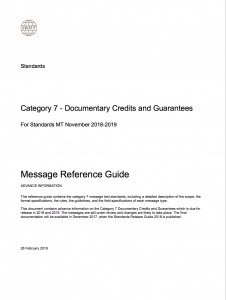









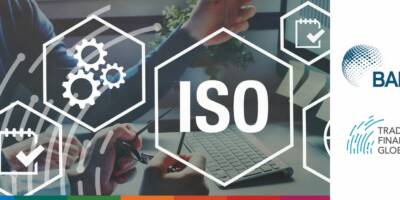
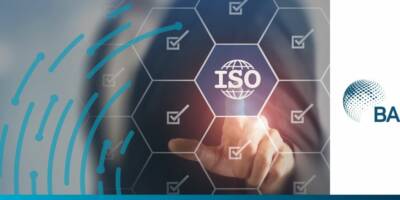


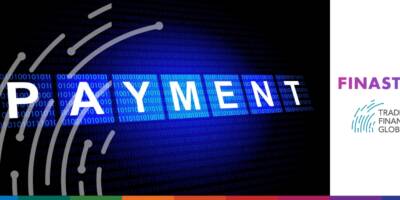

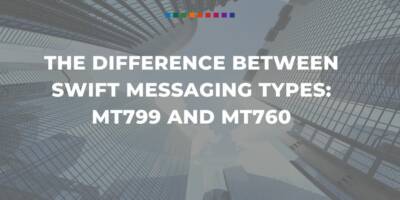

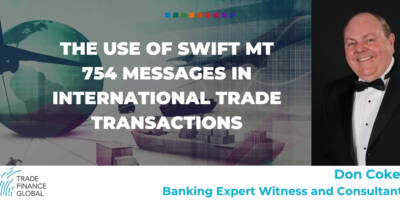
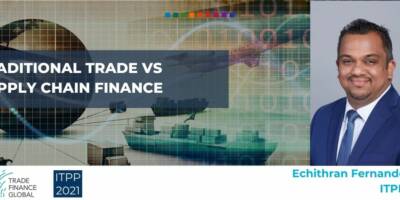

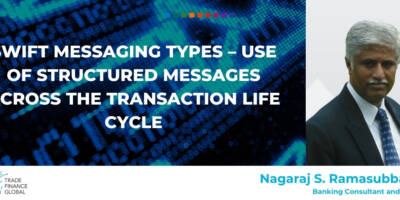
Comments are closed.